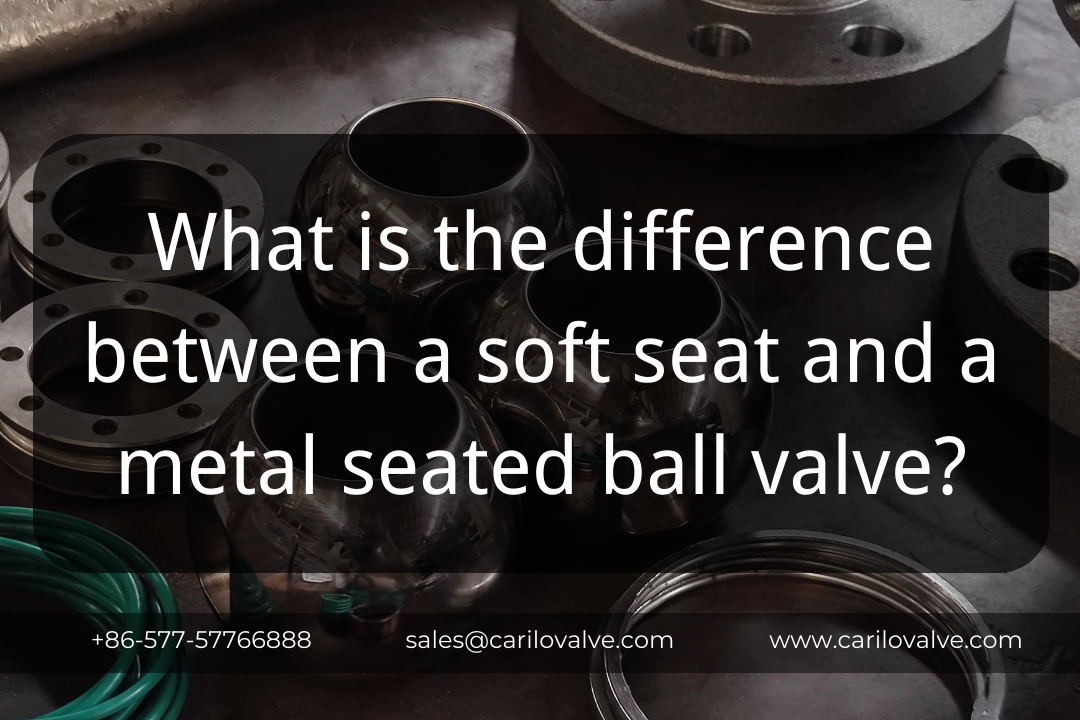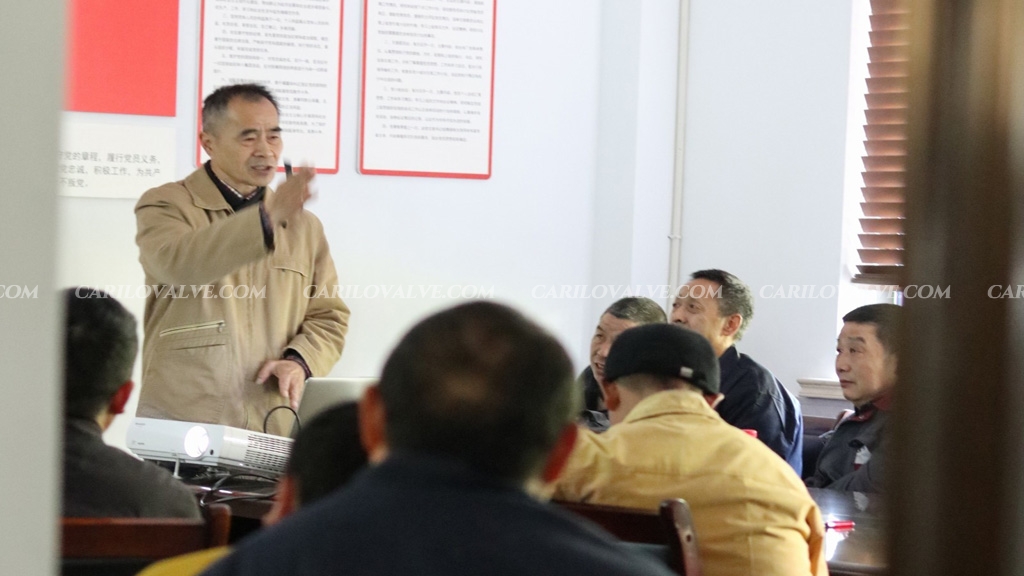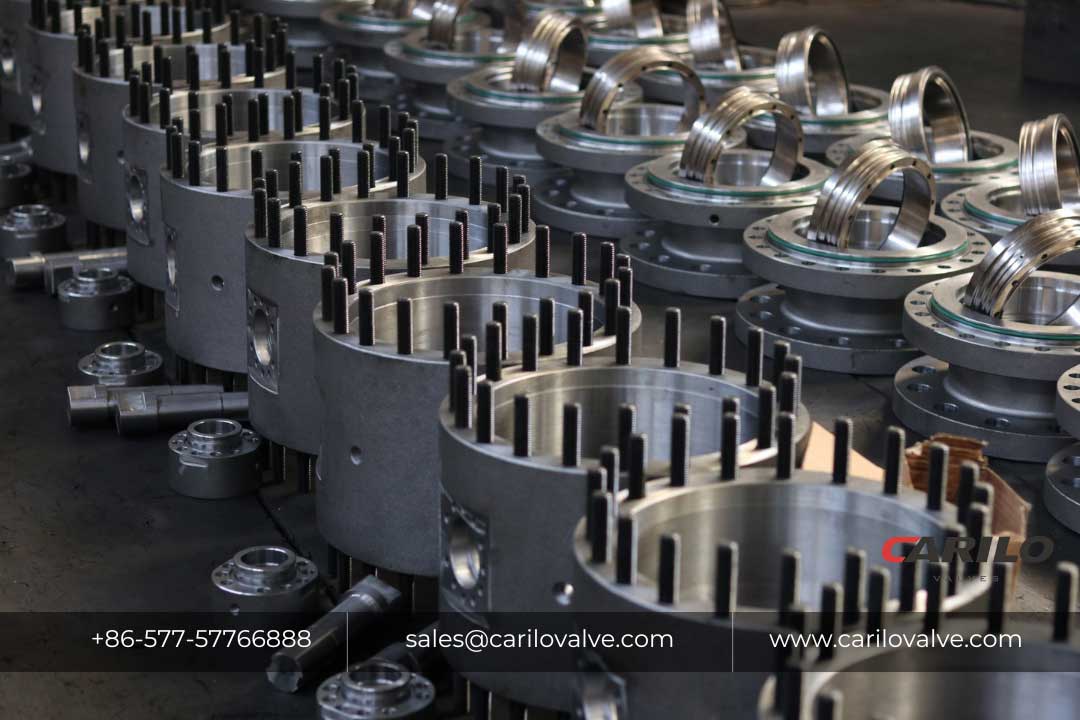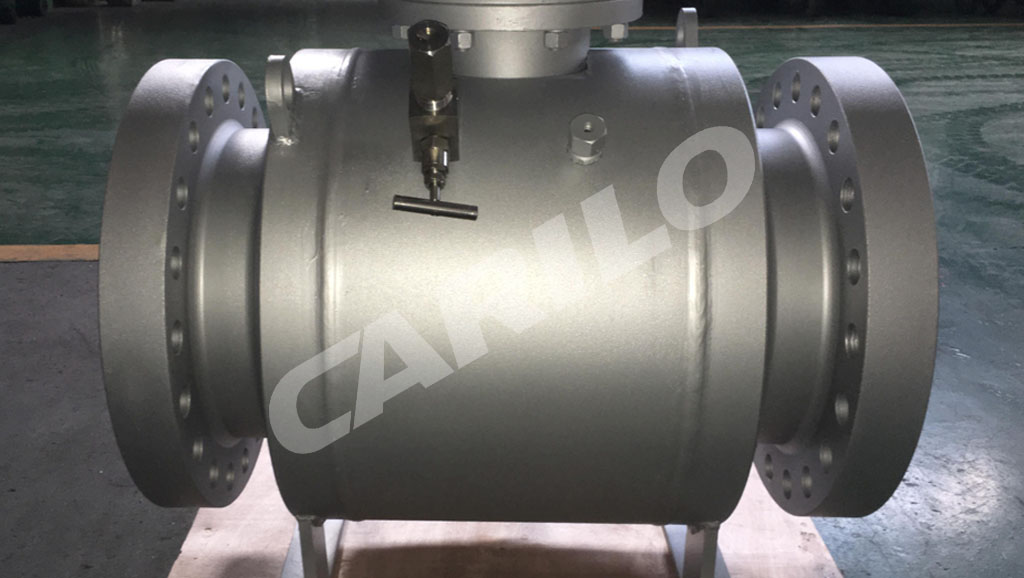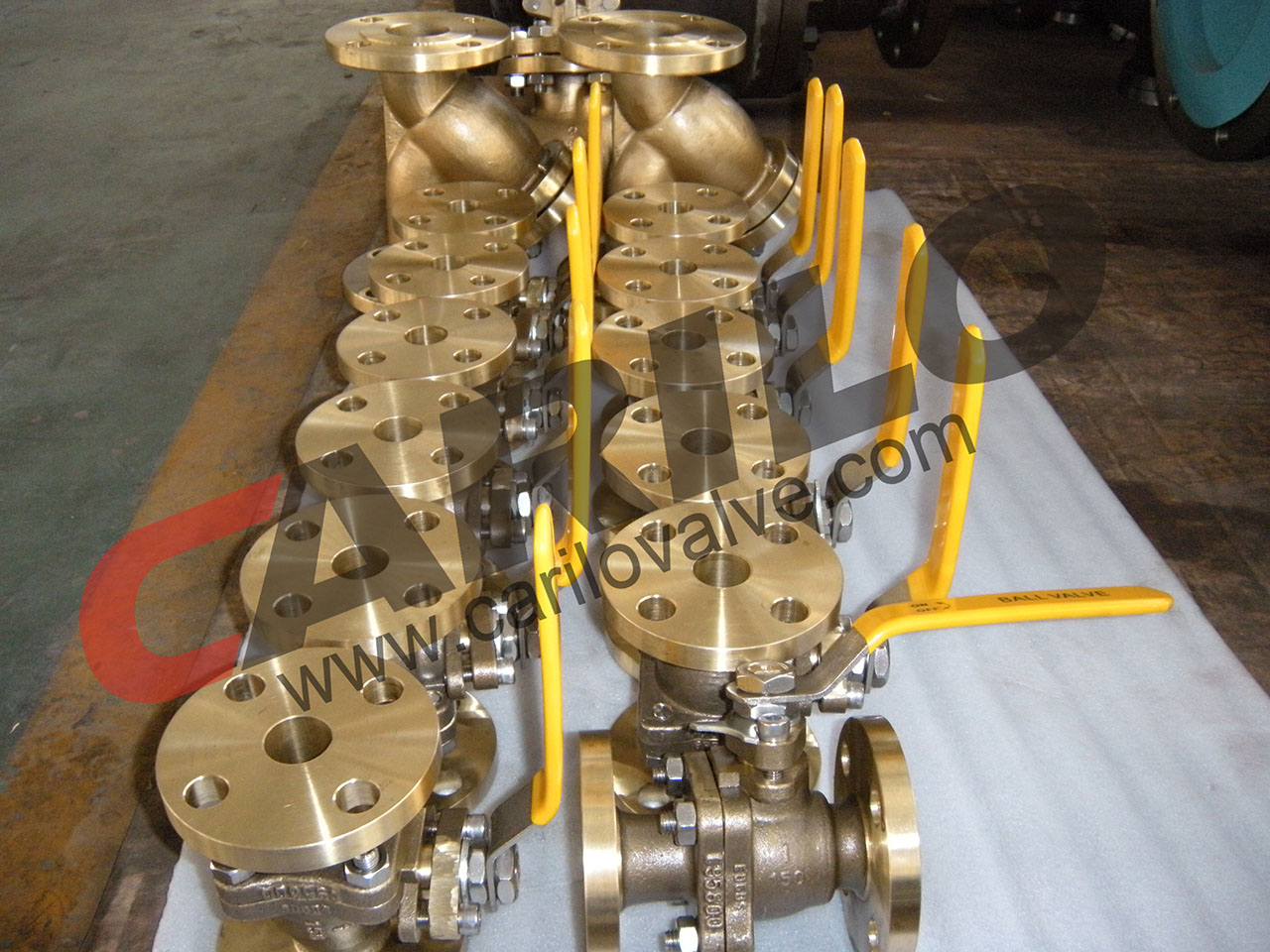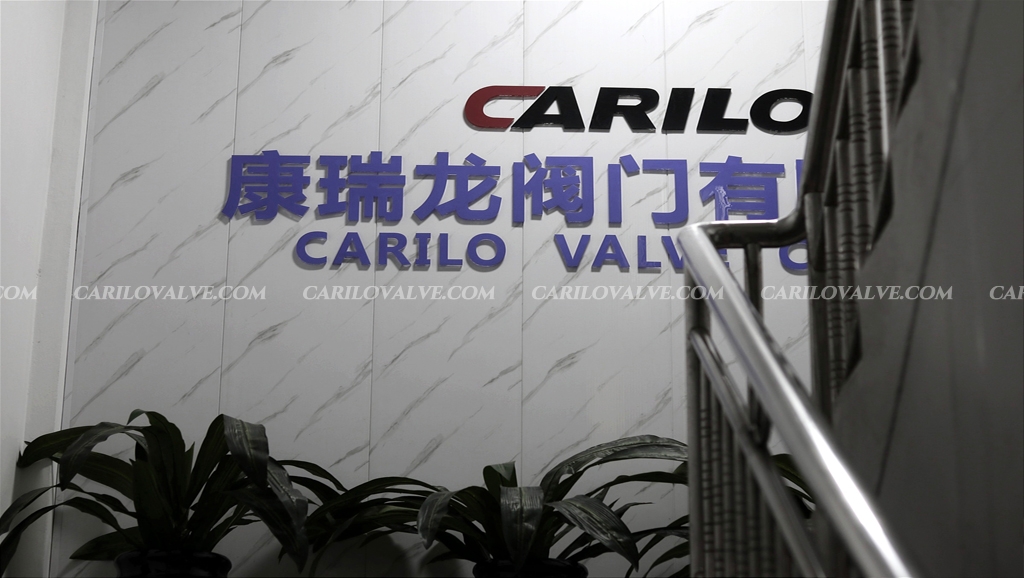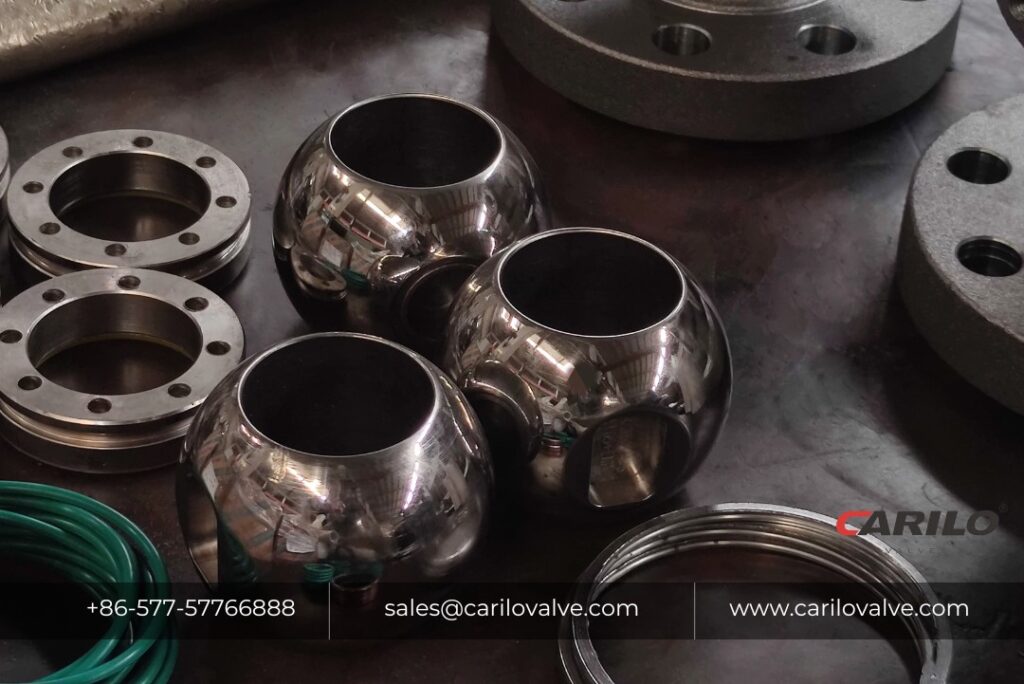
It was a conversation that brought together two minds, mine from CARILO and the brilliant folks at one of oil&gas companies. In the heart of it was a cautionary tale – a reminder that even the most seasoned in the valve game can sometimes miss a beat. You see, our client, driven by their impressive vision in the oil & gas realm, once faced a hiccup. In the rush of things, they chose the wrong sealing material, not fully considering the scorching temperatures their valves would encounter. A tale of a simple oversight with significant consequences.
You might be wondering, what’s the real difference between a soft seat and a metal seated ball valve? Well, my friend, it all boils down to the sealing material. Soft-seated ball valves use materials like PTFE (polytetrafluoroethylene) for their seats. This offers excellent sealing properties, making them ideal for applications where tight shut-off is necessary. On the other hand, metal seated ball valves have seats made from materials like stainless steel. This robust construction makes them better suited for high-temperature and abrasive environments.
Keeping You Engaged: Now, hang on for just a bit longer. I promise, by the end of this article, you’ll be equipped with a comprehensive understanding of soft seat vs. metal seated ball valves and how to make informed choices.
Soft Seat vs. Metal Seated Ball Valves: Delving Deeper
Soft Seat Advantages: When it comes to soft seats, their main advantage lies in their exceptional sealing capabilities. The use of materials like PTFE results in a leak-tight seal, which is crucial for applications where even the tiniest leak could spell trouble. Industries like chemicals, where hazardous substances are involved, often opt for soft seat ball valves to ensure safety and environmental compliance.
Soft Seat Challenges: While soft seats are fantastic for preventing leaks, they do come with limitations. High temperatures and abrasive fluids can cause these materials to degrade over time, affecting their sealing performance. So, while they excel in certain situations, they might not be the best choice for every application.
Metal Seated Strengths: Now, let’s talk about metal seated ball valves. These valves are the workhorses of high-temperature and abrasive environments. Their seats are often made from stainless steel or other robust materials that can withstand extreme conditions. This makes them perfect for industries like oil & gas, where the fluids can be aggressive and the temperatures can soar.
Metal Seated Considerations: However, keep in mind that metal seated ball valves might not provide the same level of sealing as their soft-seated counterparts. While they are reliable in harsh conditions, they might not offer the same leak-tightness that some applications demand.
The Ideal Choice: So, which valve is the right one for your specific application? That’s where your expertise and partnership with CARILO come into play. By understanding the unique requirements of your industry and considering factors like fluid type, temperature, pressure, and more, you can confidently choose between soft seat and metal seated ball valves.
Exploring Further Questions
Can I Use Soft Seated Valves in High-Temperature Environments? Absolutely! However, for sustained high temperatures, metal seated valves might be a more suitable choice due to their enhanced durability.
What About Abrasive Fluids? Metal seated valves are designed to handle abrasive fluids better, thanks to their robust construction.
Leakage Concerns: Both valve types have their advantages. Soft seated valves excel in achieving zero leakage, while metal seated valves thrive in challenging conditions.
Maintenance and Longevity: Soft seated valves might require more frequent replacement due to wear and tear, whereas metal seated valves are built to last longer.
Balancing Cost and Performance: While soft seated valves might be more budget-friendly initially, consider the long-term costs of replacements and maintenance. Metal seated valves might prove to be more cost-effective in demanding applications.
In Conclusion
There you have it, my friend. The difference between soft seat and metal seated ball valves boils down to the sealing material used and the conditions they excel in. At CARILO, we understand the unique needs of the valve industry and offer a wide range of solutions to cater to various applications. With our integration of industry and trade, a professional technical team, and a dedication to quality, we’re your reliable partner in the valve world.
Ready to Learn More? Welcome to consult us for in-depth insights and further information on industrial valves. And remember, the next time you’re faced with the choice between soft seat and metal seated ball valves, you’ll be equipped with the knowledge to make the right decision.
Ready to Elevate Your Valve Game? Connect with CARILO today. As a leader in the valve industry, we’re here to provide you with tailored solutions, expert guidance, and a partnership that goes beyond valves – because your success is our success.
Disclaimer
This article is written by our engineer department and is intended to provide general information. For specific valve selection and application advice, consult with a professional in the field.

